
Due to its geographical position, Sussex has often been the nucleus of national events. Here are 10 times that Sussex rocked history
Fishbourne (75 AD)
The largest residential Roman building found in Britain, Fishbourne has both an unusually early date (75 AD, only just over 30 years after the Roman conquest of Britain), and quite exceptional mosaic floors.
If you stroll in today’s recreated gardens, you are admiring a simulacrum of the earliest domestic gardens found anywhere in the UK. Inside is the largest in situ collection of mosaics anywhere in Britain. It was not until 1960 that the site was systematically excavated.
Sussex (477)
Roman Britain was in decline from about 350 AD and the legions departed around 410. The void was filled by the Anglo-Saxons, who invaded from modern-day Denmark and Germany. Here we have the origins of Sussex, the kingdom of the South Saxons. The Anglo-Saxon Chronicle states that Ælle and his three sons landed in 477, at ‘Cymenesora’ (Cymenshore). Ælle was clearly a powerful character, as he’s not only regarded as the South Saxons’ first king (up to c. 514) but was reputedly strong enough to become ‘Bretwalda’ or overlord of the whole of southern Britain.
Some sources state that he was in command at the Battle of Mount Baden (c. 500) when the Anglo-Saxons suffered a rare defeat at the hands of the Britons, who were, according to legend, led by a shadowy figure named Arthur.
Bosham (1064)
One might expect to see the Battle of Hastings at this point, but instead we’re including an event from two years earlier, which was hugely significant in its own way. In fact, the Bayeux Tapestry opens with Harold Godwinson (who would become Harold II) riding to Bosham, before he crosses the Channel, is captured, and delivered to Duke William of Normandy.
The tapestry goes on to show Harold making an oath to Duke William. However on the death of the reigning king, Edward the Confessor (January 1066), Harold assumed the crown in contravention of that oath, prompting William’s invasion of England. Bosham therefore had a fateful role to play in the 1066 saga.
Arundel (1102 and 1139)
The castle at Arundel must be one of our more besieged fortresses. Built around 1067-68 by Roger de Montgomery, it first saw action in 1102, after Roger’s son, Hugh, rebelled against King Henry I, who took three months to take the castle. When the king died, he was succeeded by his daughter Matilda, which precipitated 18 years of civil war, as her cousin, Stephen, claimed the throne. Matilda was at Arundel Castle in 1139, when it was besieged for a second time, but held out until Stephen’s army withdrew.
Arundel was to change hands three times during the English Civil War, with Parliament finally capturing the castle in January 1644 after a siege of 18 days.
Lewes (1264)
The battle fought at Lewes on 14 May 1264 was one of the more notable in our history, one of the two major dust-ups of the 2nd Barons’ War, and one that led to the capture of a king (Henry III) and his son, the heir to the throne, Prince Edward (the future Edward I). That turn of events makes this set-to unique.
The man leading the rebels was Simon de Montfort, Earl of Leicester, who is lauded as the father of parliamentary democracy in this country, for, with the king in his custody, he called a gathering in 1265 that was the most representative ‘Commons’ yet assembled. The royal party gained its revenge at Evesham in August 1265, when de Montfort was slain, but his cause persisted.
Cowdray (1591)
Queen Elizabeth I’s standing could not have been higher than in 1591, when she visited Cowdray Castle and shot four deer (doing rather better than Lady Kildare who accounted for just the one). After all, the defeat of the Spanish Armada had occurred just three years earlier in 1588 when the Queen addressed her troops at Tilbury, declaring that she had “the heart and stomach of a king”.
Judging by her bow skills, she was spot on. A royal visit is always a big event and Cowdray didn’t just play host to Elizabeth. Her younger brother, Edward VI, had visited in 1552, the year before his untimely death. According to legend, Elizabeth stood under Cowdray Park’s ‘Elizabeth Oak’ to shoot a stag, presumably on that 1591 visit.
Shoreham (1651)
The English Civil War not only saw Arundel besieged, it also played witness to the final scene in the flight of Charles II, after he was defeated at the Battle of Worcester in September 1651 and had to exit the country fast, if he didn’t want to end up minus his head like his father Charles I, who had been executed in January 1649.
Charles II’s pell-mell dash for freedom has become the stuff of legend, including his hiding up an oak tree (hence all those pubs called the Royal Oak). He finally made it to the Sussex coast at Shoreham, where he took ship for France, and nine long years of exile, until the monarchy was restored in 1660.
Brighton (1783)
Being the subject of The Madness of King George, George III was not fit to rule in the latter part of his reign with a final affliction occurring in 1810, prompting the Regency of his son and successor, George, Prince of Wales. Young George had discovered the delights of Brighton quite a few years earlier in 1783.
George’s patronage did Brighton no harm. He spent considerable amounts of time there and began building the Pavilion in 1787.
Worthing (1798)
The resort famously hosted literary royalty in the shape of Oscar Wilde but just under a century before a real royal personage, namely Princess Amelia (1783-1810), visited in 1798, when aged around 15. The well-to-do had started arriving in Worthing in the 1750s and the royal seal of approval came with Amelia’s visit, which presaged Worthing becoming a town by just five years.
She was the 15th and last child of none other than George III. Having developed a pain in a knee joint, Amelia had been packed off to Worthing for five months for recuperation. She was never very healthy and was exhibiting symptoms of tuberculosis around the time of her stay. She died aged 27.
Hastings (1896-97)
‘George Chapman’, or Seweryn Klosowski, was born in Poland in December 1865. He became one of the prime suspects in the Jack the Ripper murders that terrorised the East End of London in the winter of 1888, for which no-one was ever brought to justice.
Chapman turned up in Hastings in March 1896, where he ran a barber’s shop in George Street in the Old Town until he departed in September 1897 for London. Chapman would go on to murder three successive girlfriends between 1897 and 1902 using poison. Chapman was executed at Wandsworth for those crimes, on 7 April 1903.
_

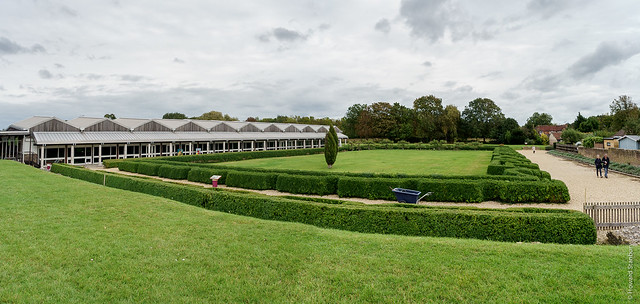


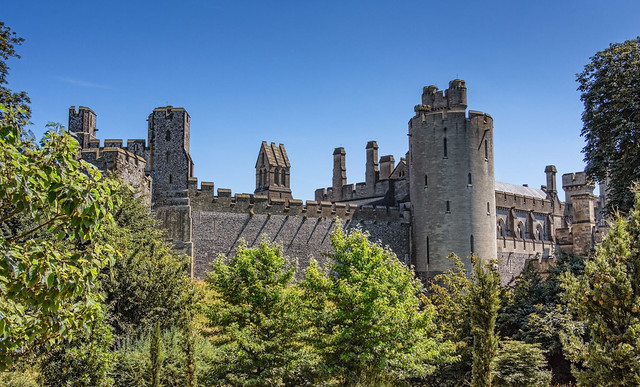
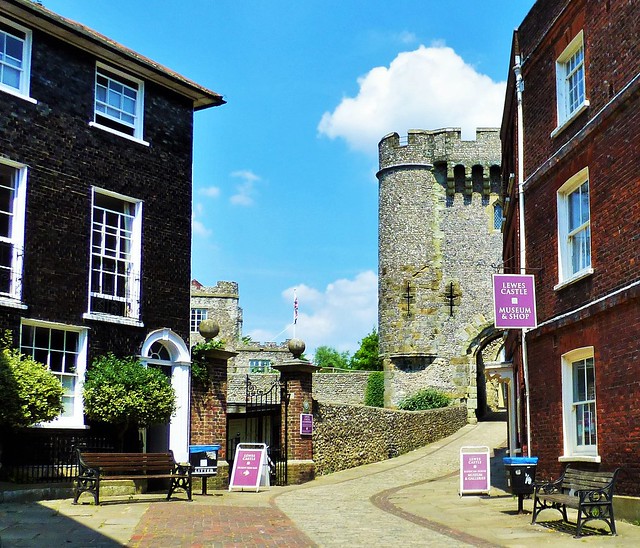
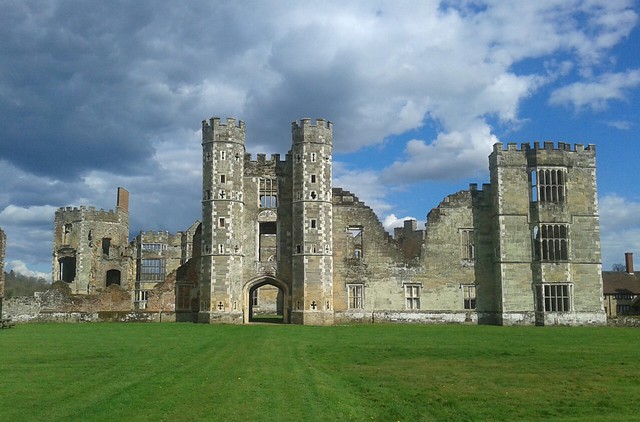

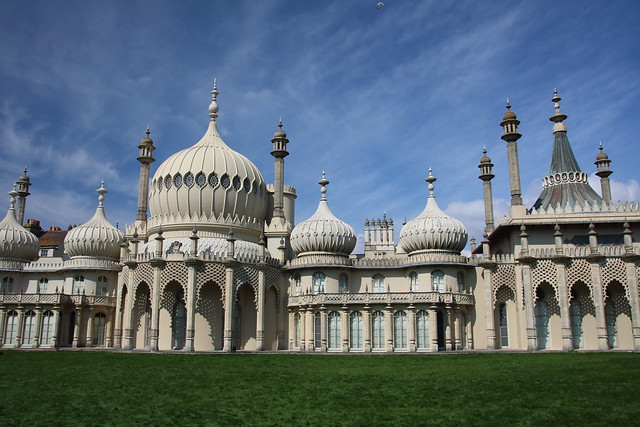

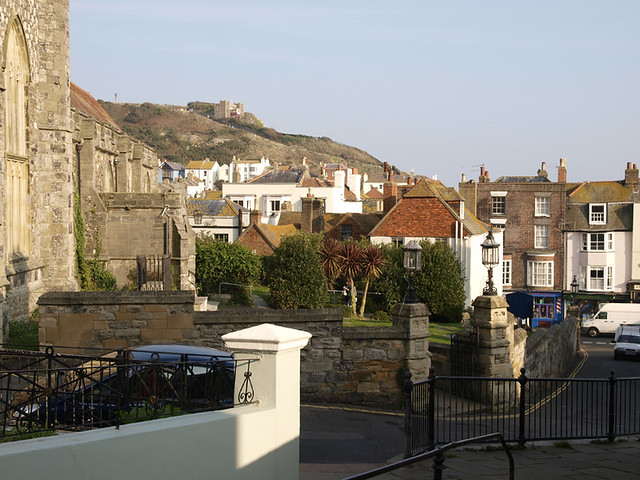

Comments: Our rules
We want our comments to be a lively and valuable part of our community - a place where readers can debate and engage with the most important local issues. The ability to comment on our stories is a privilege, not a right, however, and that privilege may be withdrawn if it is abused or misused.
Please report any comments that break our rules.
Read the rules here